Search Images
Browse Content (p. 1007)
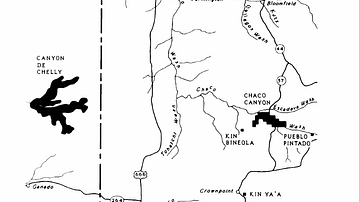
Image
Map of Ancestral Puebloan Sites in US Southwest
This U.S. National Park Services map shows the major ancestral Puebloan sites in the Four Corners area of what is now the United States of America.

Image
Logberg – Althing Meeting Place at Thingvellir, Iceland
The proposed location of the Lögberg (Law Rock) at which Iceland's Althing (General Assembly, founded by the Vikings in 930 CE) would have met until 1262 CE when Iceland was brought under Norwegian rule. It lies in Thingvellir which is now...
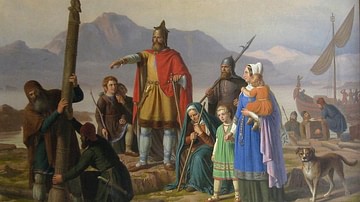
Image
Ingolfr Arnarson Founding Reykjavik
Photograph of a painting depicting Ingólfr Arnarson (c. 874 CE), who is considered the first historical settler of Iceland. His story is preserved in the Landnámabók and tells how, when his ship was just off the coast of Iceland, Ingólfr...

Image
The Settlement of Iceland
Map depicting (to the best of the author's imagination following the accounts) the possible exploration journeys of three of the earliest Vikings to come to Iceland, whose stories are considered semi-legendary. According to the Landnámabók...

Image
Reconstructed Viking Village in Hofn, Iceland
Situated near Höfn on the east coast of Iceland is what looks like a genuine and immaculately preserved Viking village; in fact, it is a reconstructed Viking village built in 2010 CE for a film that was never filmed. Though obviously not...
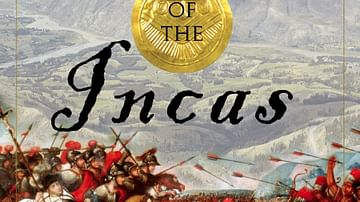
Image
The Last Days of the Incas
The book cover of 'The Last Days of the Incas' by Kim MacQuarrie and published by Simon and Schuster.
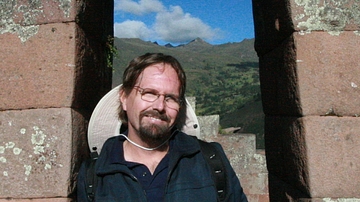
Image
Author Kim MacQuarrie
Kim MacQuarrie, author of 'The Last Days of the Incas'.
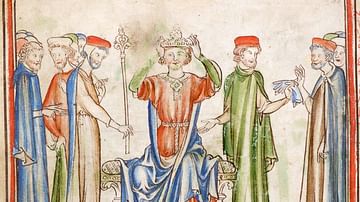
Image
Coronation of Harold Godwinson
A 13th century CE medieval manuscript illustration showing the coronation of Harold Godwinson, aka Harold II, the Anglo-Saxon king of England from January to October 1066 CE. (From 'The Life of King Edward the Confessor', Cambridge University...
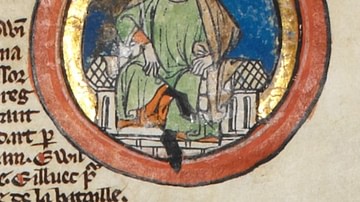
Image
Harold II
A 14th century CE medieval manuscript illustration showing Harold Godwinson, aka Harold II, the Anglo-Saxon king of England from January to October 1066 CE. (Genealogical roll of the kings of England, British Museum, London)

Image
Statue of Abd al-Rahman I
A modern statue of Abd al-Rahman I, founder of the Emirate of Cordoba, r. 756-788 CE. Almuñécar, Spain.